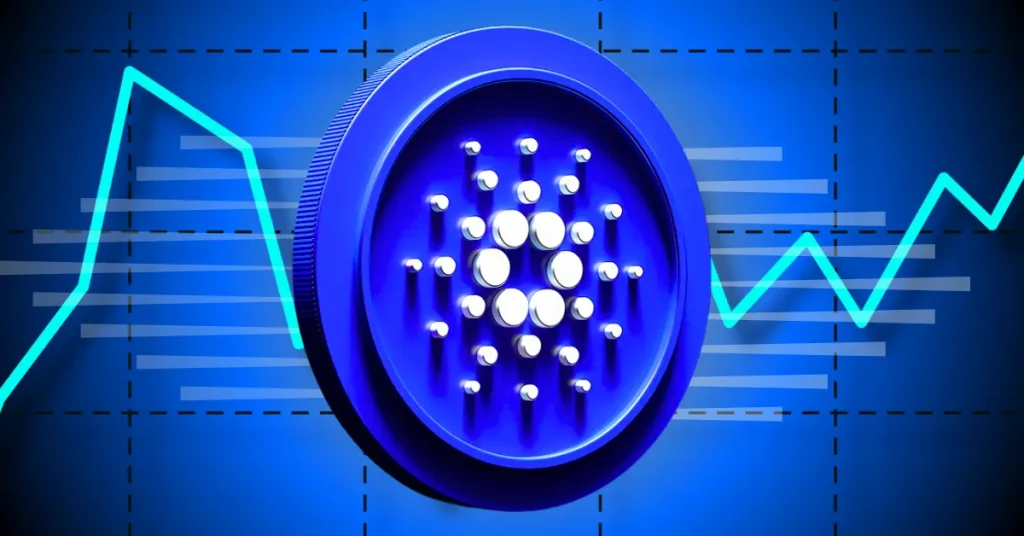
The environmental impact of Bitcoin (BTC) mining is once again a hot topic. A Texas bill restricting miners from participating in the electricity grid and a New York Times article criticizing the mining industry are to blame.
According to data from the Cambridge Center of Alternative Finance (CCAF), bitcoin mining consumes about 145 terawatt hours (TW/h) of electricity per year, according to the International Energy Agency (IEA). According to the report, this is comparable to Sweden’s power consumption.
To critics, Bitcoin’s proof-of-work (PoW) algorithm is a power-hungry mechanism that continuously increases power demand. For Bitcoin advocates, it’s not a bug, it’s a feature, a way to keep the network secure while ensuring decentralization.
There is also a third camp that sees the Bitcoin energy problem as an opportunity. There are many new products and companies trying to help miners become more sustainable and reduce their environmental footprint by adding innovative solutions on top of existing infrastructure.
Some of these projects are creating or leveraging market mechanisms to incentivize efforts to make Bitcoin greener, while others are using the heat generated by data centers to recycle. Some are technical, centered around increasing efficiency and synergy. Let’s take a look at some representative examples.
renewable energy credit
of institutional liquidity providersBlockFillsThe product, which is backed by Isla Verde Capital, aims to help miners as well as investors find “green” solutions for energy use. Provides Renewable Energy Credits (REC) to Bitcoin miners and the crypto asset industry.
Tradeable carbon credits, which represent greenhouse gas emissions reduced through projects such as reforestation, are well known. However, there are also many criticisms. Renewable Energy Credits (RECs) represent ownership of electricity for each megawatt hour (MWh) of renewable energy, such as wind, hydro and solar.
Blockfills will support miners in carbon offsetting by customizing the purchase of RECs and carbon credits according to miners’ needs.
REC is also targeting Bitcoin investors. Various large asset managers are now “focused on bitcoin, but with sustainability responsibilities,” said Blockfills’ John Divine. RECs allow us to invest without worrying about sustainability.
REC prices could rise as a result, which would “provide a direct incentive to invest in renewable energy technologies,” Devine said.
Incentives for sustainability
located in switzerlandBlock Greenis a project that seeks to incentivize sustainable mining through decentralized lending protocols. On the platform, liquidity providers looking for bitcoin-native investments will be able to purchase rates for a specific time in the future.
The platform includes financial reports, business data, and “minor confirmation” information about energy procurement and strategy. Block Green believes that market mechanisms on its platform will allow liquidity providers to incentivize sustainable mining by choosing miners with sustainable operations and lowering the cost of capital.
“We are currently working with some of the largest miners in the United States and Canada,” and custodians, exchanges, asset managers, and others looking to give their users “transparent and scalable returns to Bitcoin.” We’ve started partnering with companies,” said a spokesperson for Brock Green.
clean bitcoin tokenization
Clean IncentiveandSustainable Bitcoin Protocol (SBP)are also working on solutions using financial incentives.
The two companies seek to encourage “clean” bitcoin investments by creating new blockchain-based assets that miners can trade and benefit from the use of renewable energy. It is a suitable asset for investors who want to hold bitcoins that can be verified as environmentally friendly.
In the case of SBP, miners have their clean energy usage verified by a third-party auditor and added to the registry. After that, for each block reward you earn, you will receive a “Sustainable Bitcoin Mining Certificate”, a blockchain-based asset that can be sold to institutional investors. SBP completed its first transaction in February.
Clean Incentive similarly seeks to “collect, validate, and tokenize ESG (environmental, social, and governance) characteristics” from its network of miners, says Data, a founder and CEO with experience in the renewable energy industry. scientist Casey Martinez said.
The startup is still in stealth mode (an undisclosed stage), but has already onboarded several miners and, according to Martinez, will launch Canadian small miner Ocean Falls Blockchain in November 2022. (Ocean Falls Blockchain).
efficient cooling
The technical solutions provided by each company include both hardware and software.
Immersion coolingLiquidStackprovides a hardware-based cooling solution that allows computers used for bitcoin mining to use 40% less energy and take up a third less space.
For every megawatt (MW) of energy used in data center computing, the LiquidStack solution uses 0.02MW of energy for cooling. According to the company, other companies consume 0.1MW to 0.7MW.
Industry veteran Liquidstack received funding in March from Trane Technologies, a 150-year-old heating and cooling company with $16 billion in 2022 revenue.
“What makes Liquidstack attractive is the potential for improving the sustainability of data centers, including bitcoin mining, and its innovation,” said Amber Mulligan of Trane Technologies.
LiquidStack’s technology makes heat recycling easier and more efficient, opening the door to many synergies for miners, Mulligan said. That’s because it manages heat with a liquid rather than traditional air cooling, making it easier to capture and repurpose heat.
heat reuse
On the software side, a mining service company in Vancouver, CanadaLincoinis working on programs that miners can use to run their businesses more efficiently and profitably, such as demand response programs and heat recycling.
Demand response allows miners and other energy consumers to shut down operations during periods of peak demand, allowing the grid to meet demand needs. Miners often receive compensation for such cooperation.
Heat reuse refers to the use of heat from mining operations for other uses, such as greenhouse agriculture.
The company’s software, called Rails, ingests real-time data from more than 20,000 grid nodes in nine deregulated electricity markets in the United States and Canada.
“Large-scale miners use Lincoin for real-time monitoring of profitability, business management and optimization, task efficiency, and participation in ancillary power grid services. We are using Lincoin to sell surplus solar power or simply mining intelligently and creating innovation,” said CEO Medi Naseri.
|Translation and editing: Akiko Yamaguchi, Takayuki Masuda
|Image: Shutterstock
|Original: Here Are Six New Projects Looking to Mitigate Bitcoin Mining’s Energy Footprint
The post Six projects to reduce the environmental impact of BTC mining | coindesk JAPAN | Coindesk Japan appeared first on Our Bitcoin News.

 2 years ago
92
2 years ago
92














 English (US) ·
English (US) ·